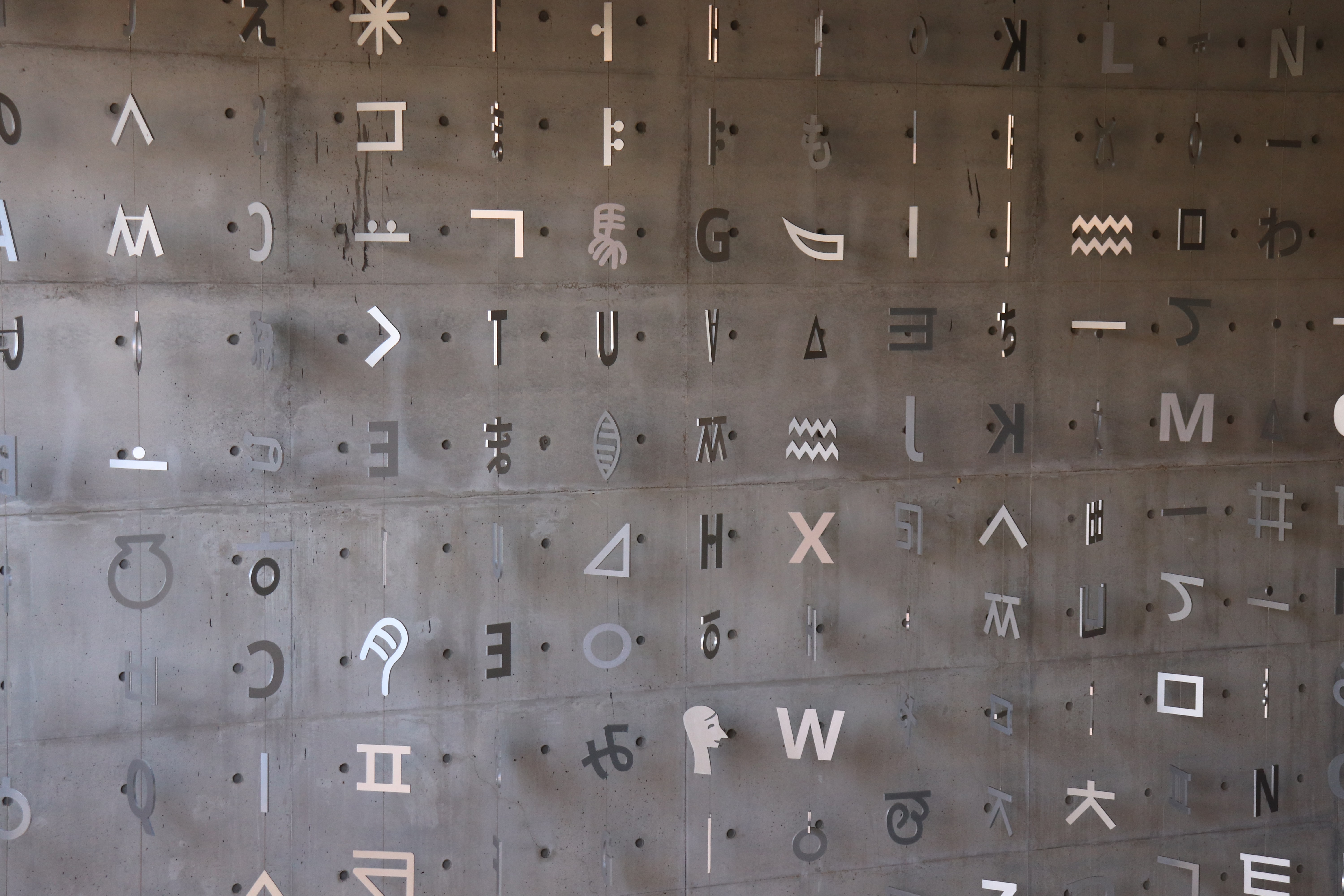 Survival Korean
Survival Korean
4 Courses

Hangeul
The Korean alphabet is one of the fundamental building blocks of learning how to communicate fully in Korean. Learning Hangeul is not only a way of learning to code and decode the written form of the Korean language, it is also a window into history, politics, design, art, and more! In this course, you will learn about the development of the Hangeul alphabet from its origins and influences, its complicated political history, the symbols that make up vowels and consonants, its unique syllable block structure to how the symbols are pronounced and written in modern day Korean.

Pronunciation
Pronunciation of single phonemes and simple vowels is relatively straightforward. When multiple phonemes are combined, however, the idea of one sound per symbol can often disappear very quickly. What you learned in basic writing or regarding the pronunciation of letters suddenly does not match what you hear in real life. There is often a disconnect due to rather key linguistic information missing from your studies. In Foundational Korean: Pronuncation, we will cover four topics that will bridge together what you see in writing versus what you hear in speech: 1) Spelling/Pronunciation Mismatches, 2) Voicing Pronunciation Patterns, 3) Phoneme Assimilation Patterns, and 4) Final Consonant Cluster Pronunciation Patterns. By learning and understanding these key concepts, you will able to resolve the discrepancies between what you see in Hangeul and what you hear in spoken Korean!

Grammar Basics
This course is a blend of the basic grammatical structures of Korean, as well as a brief introduction to the meta principles of Korean grammar (i.e., linguistic knowledge) that will help learners, especially novice or beginner learners, to understand what they see and hear. Language learners can get distracted by the surface-level characteristics of a language and not realize that there are far fewer principles responsible for it, and that these principles are likely very familiar to you. Further, many language courses (and even instructors) often assume that you will have this prior knowledge to some degree, thus, the idea behind Foundational Korean: Grammar Basics is to give you a simple but solid background on the "real" (i.e., linguistic) principles that make up the Korean language and which will prepare you to understand the grammar you see in the rest of the Survival Korean courses.

People, History, and Culture
The history of the Korean penninsula, its inhabitants, the language(s) spoken, and the culture(s) that developed all comprise part of the larger story of humankind. For tens of thousands of years there has been human activity in this region. The lineage of the modern nation state, which we know as the Republic of Korea, has its origins thousands of years ago in the "stone" age, and is a story made up of migrating peoples, contact and intermixing of various ethnic groups, external and internal conflicts, the rise and fall of numerous kingdoms, as well far more recent geopolitical events such as the Korean War. Foundational Korean: People, History, and Culture will provide you with a crash course in some 5,000 years of history, key events, figures, and outcomes so that you can better understand the modern contemporary Korea that you see today, the people that live there, the culture that binds and permeates their actions and thoughts, and how these are all expressed in the language they speak!
